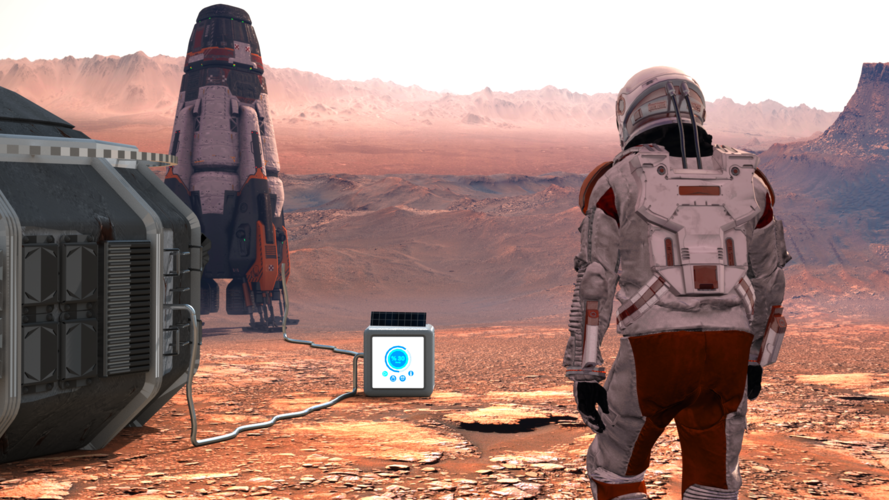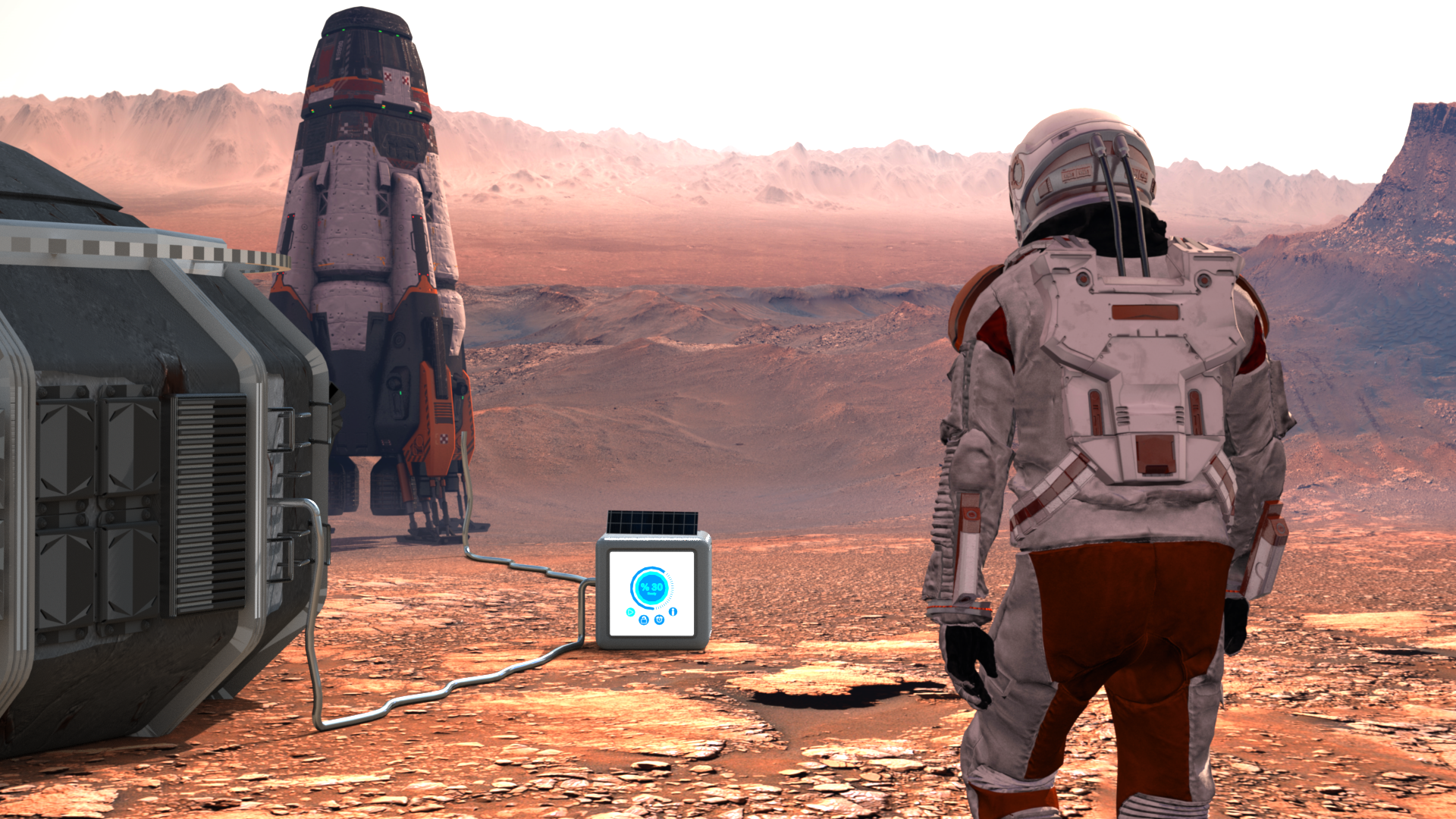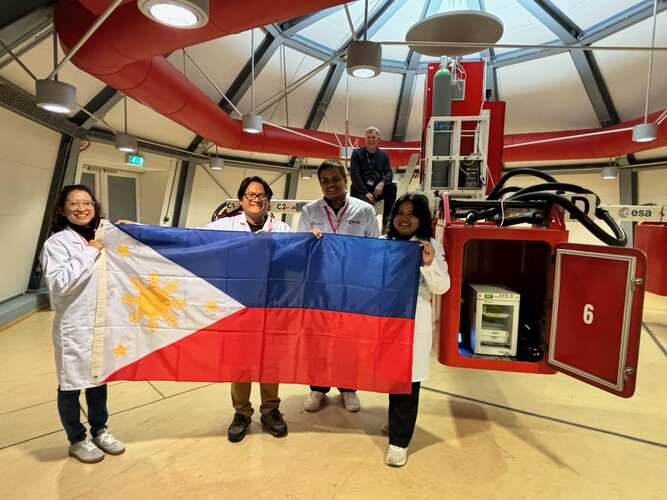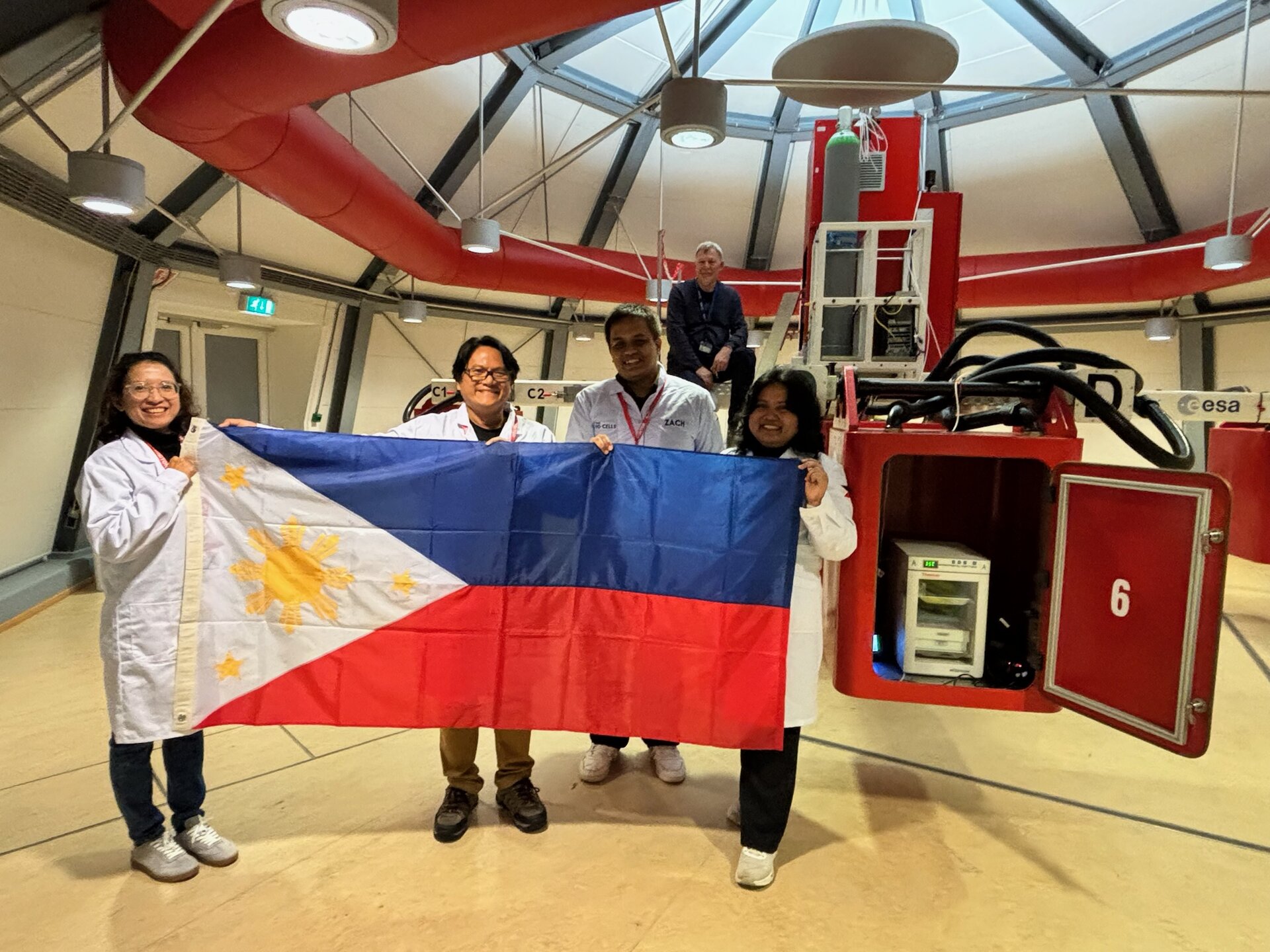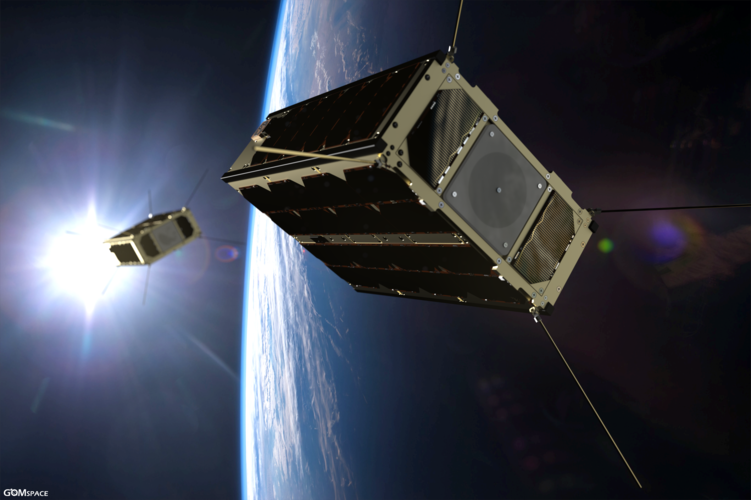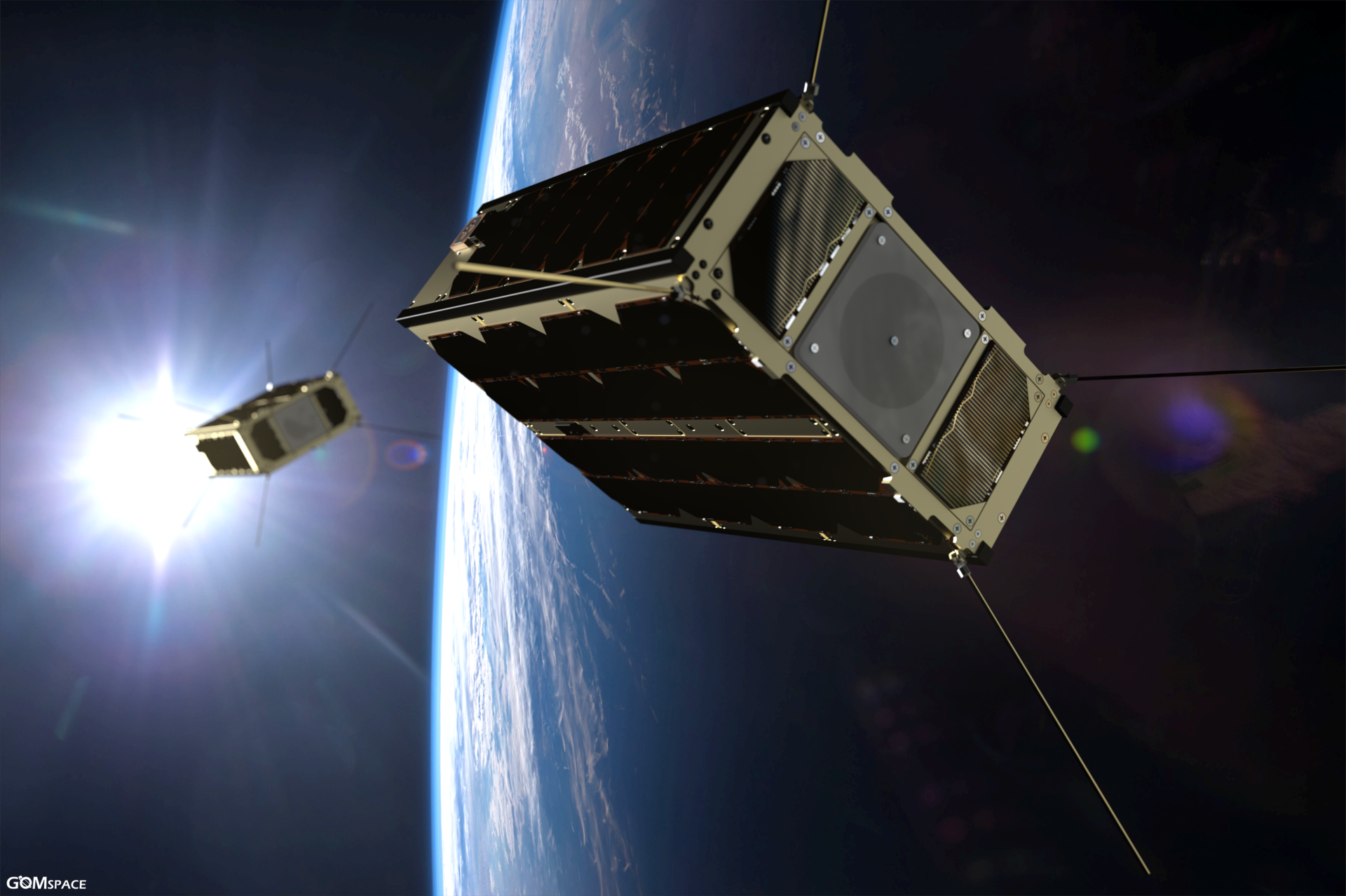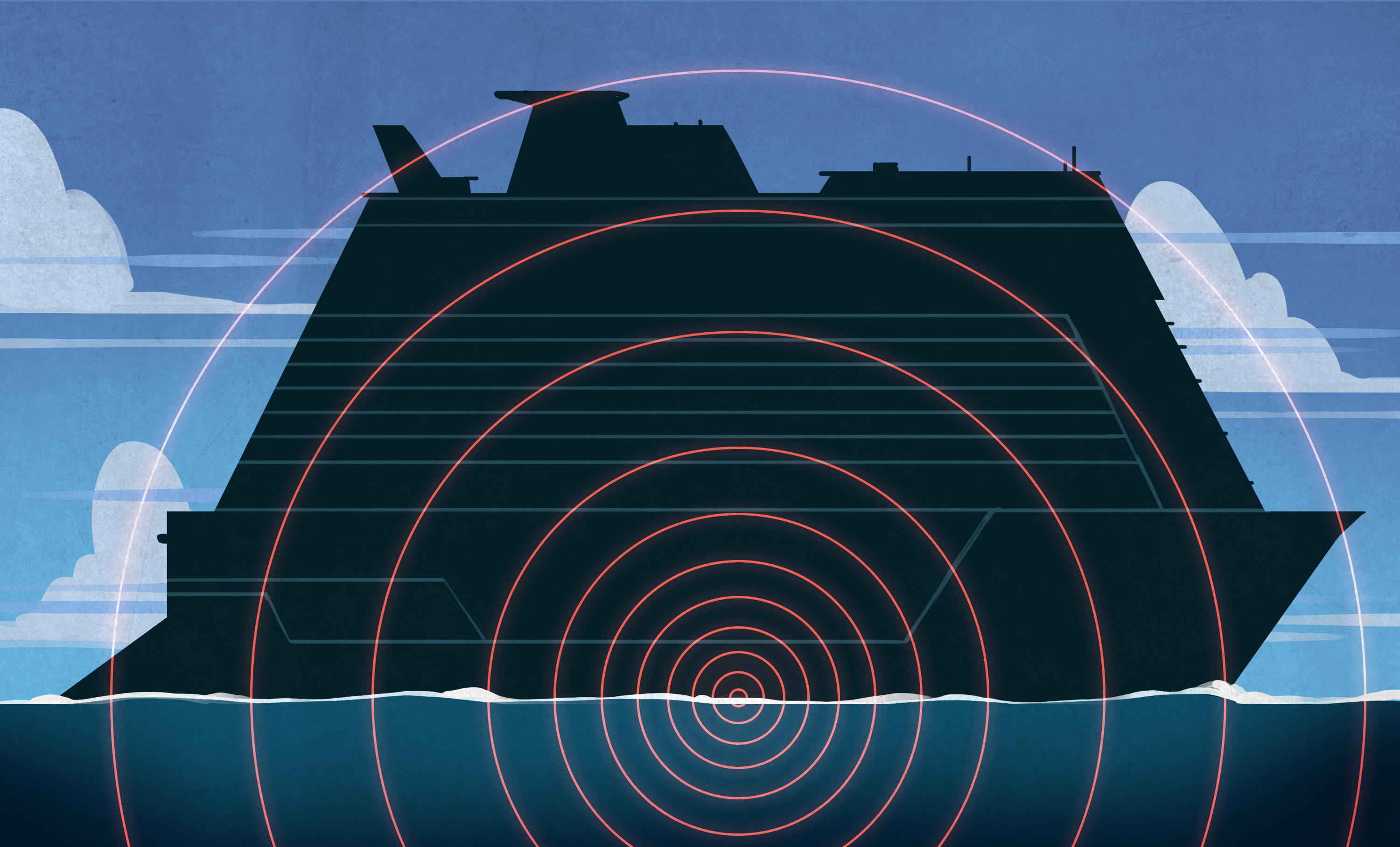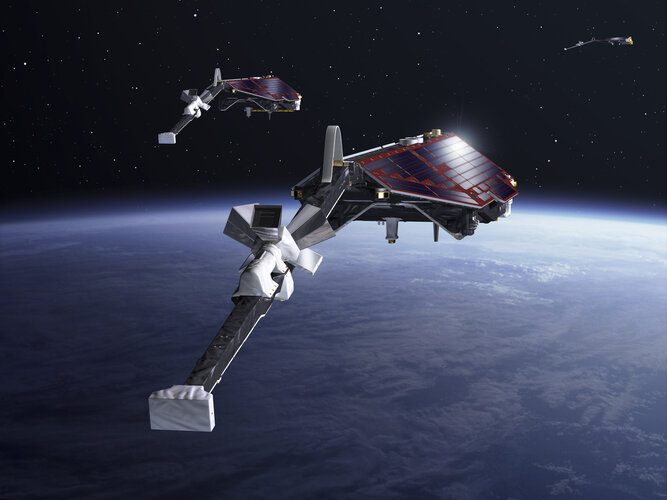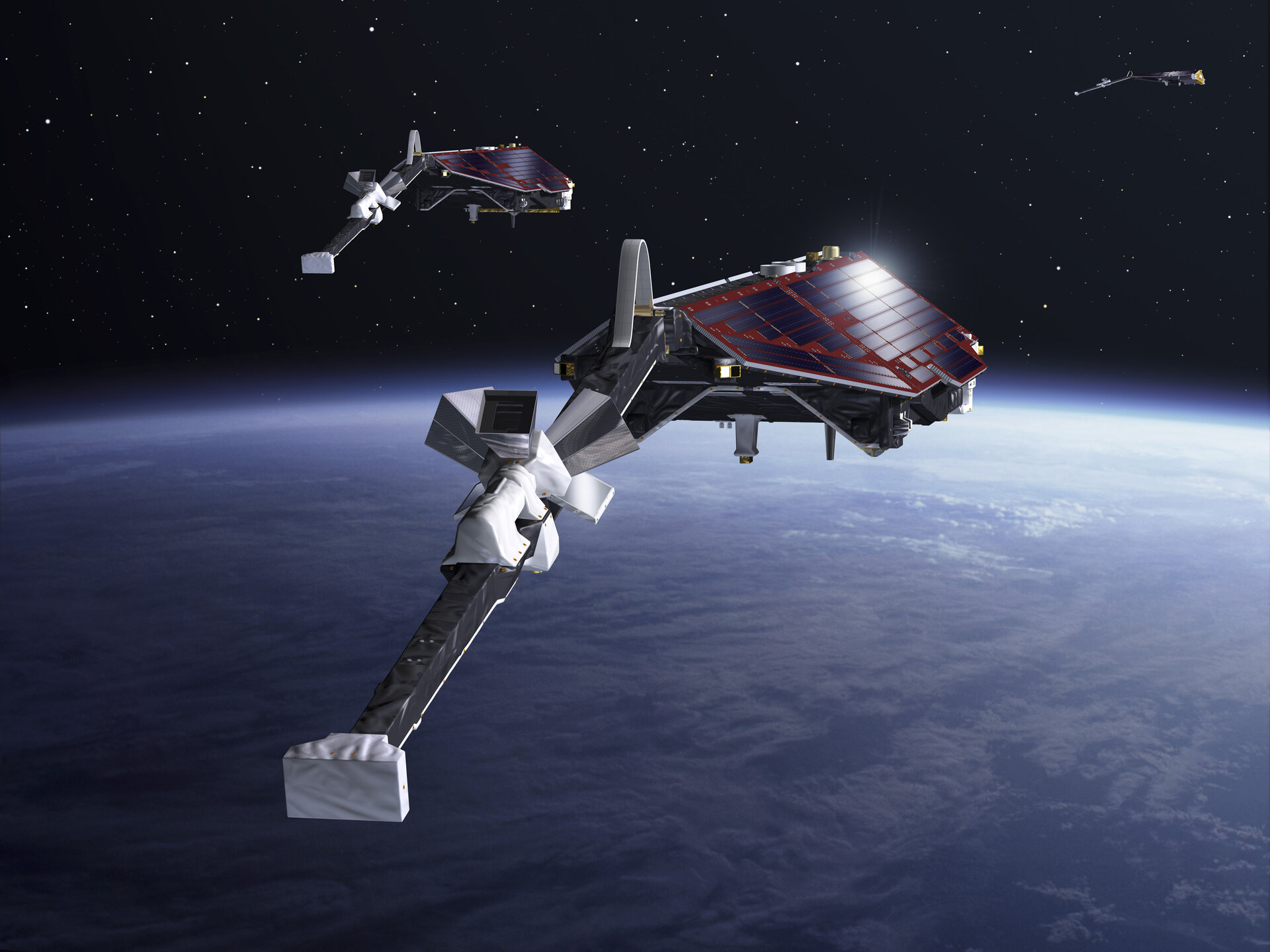
 Video: 00:02:32
Video: 00:02:32
ESA’s eclipse-making Proba-3 double satellite mission has made it to space! Learn more about Proba-3 from the mission team as they bid farewell to their spacecraft, while ESA's Director General Josef Aschbacher wishes the team the best of luck.
The latest member of ESA’s family of in-orbit demonstration missions, Proba-3 is in fact two spacecraft being launched together, which will perform precise formation flying, accurate to a single millimetre, about the thickness of an average fingernail. To prove their performance, Proba-3 has been devoted to an ambitious scientific goal. The pair will line up precisely with the Sun 150 m apart so that one casts a precisely controlled shadow onto the other.
By blocking out the fiery disc of the Sun, Proba-3’s ‘Occulter’ spacecraft will mimic a terrestrial total solar eclipse, to open up views of the Sun’s faint surrounding atmosphere, or ‘corona’, which is a million times fainter than its parent star. Proba-3’s second ‘Coronagraph’ spacecraft hosts the optical instrument that will observe the solar corona.
#engineering #technology #space #science #esa #europeanspaceagency
posted by pod_feeder_v2
